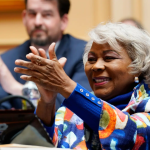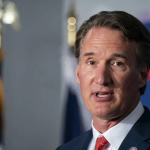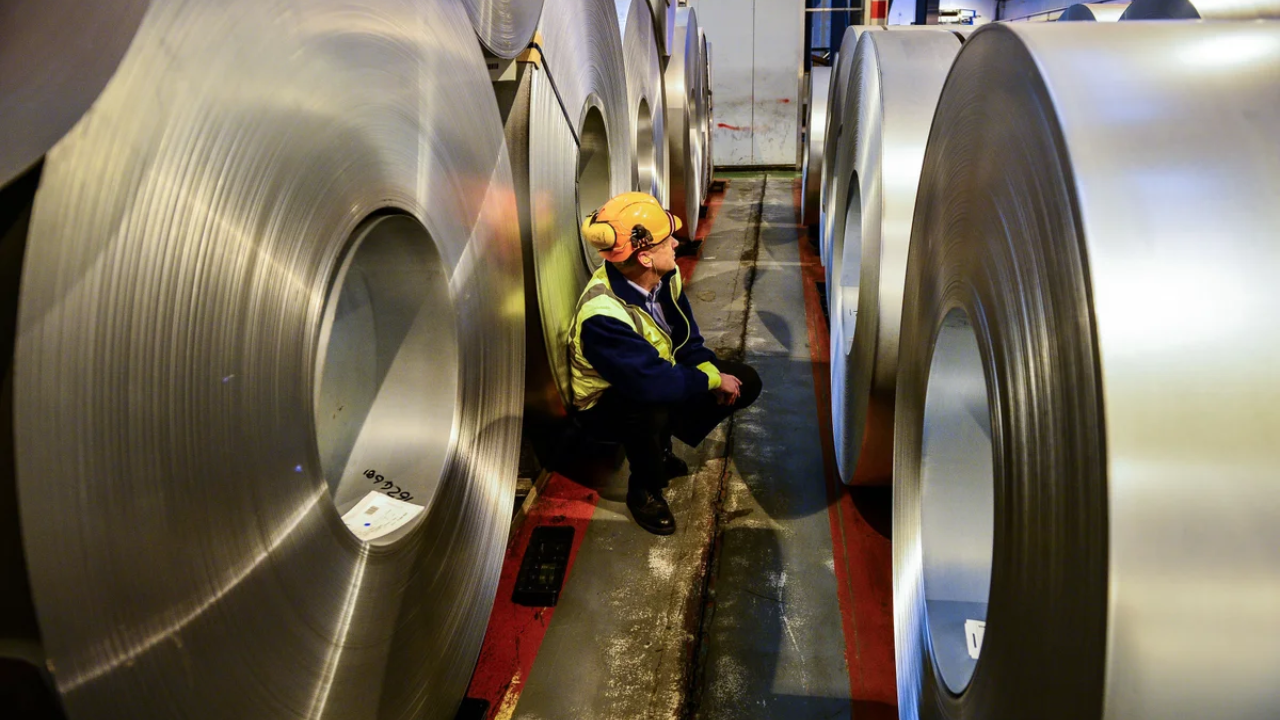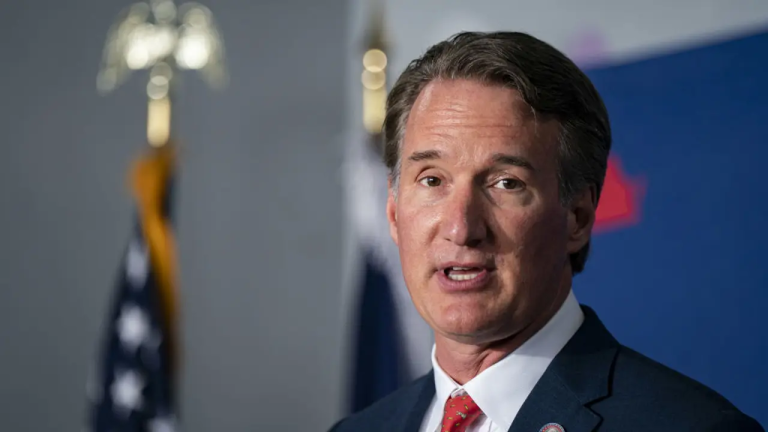In a move that has sent ripples through the global economy, President Donald Trump announced on February 10, 2025, the imposition of a 25% tariff on all steel and aluminum imports into the United States.
This decision, effective from March 4, 2025, marks a significant escalation in trade protectionism and has elicited strong reactions from international leaders and markets.
Policy Rationale and Implementation
The White House emphasized that these tariffs are designed to protect national security by addressing the global oversupply of steel and aluminum, which has been attributed to unfair trade practices by certain nations.
The administration asserts that the influx of subsidized foreign metals undermines U.S. industries, justifying the need for protective measures.
The tariffs are scheduled to take effect on March 4, 2025, and will apply universally, with no exemptions for allied nations.
Global Reactions
The announcement has elicited strong responses from international partners:
- European Union: The EU expressed deep regret over the U.S. decision, with President Ursula von der Leyen stating that the bloc will consider proportionate countermeasures to protect its interests.
- Canada: As a major supplier of steel and aluminum to the U.S., Canada condemned the tariffs as “entirely unjustifiable.” Prime Minister Justin Trudeau vowed a firm response to defend Canadian workers and industries.
- United Kingdom: The UK government signaled a more measured approach, opting to negotiate for exemptions rather than joining the EU in immediate retaliation. British officials emphasized the importance of maintaining a free-market approach and avoiding escalation.
- Other Nations: Countries such as Brazil, Mexico, Japan, and South Korea, all significant exporters of steel to the U.S., are assessing the situation. Brazil’s President Luiz Inácio Lula da Silva warned of potential retaliation if Brazilian exports are adversely affected.
Market Impact
The tariffs have had immediate effects on financial markets:
- U.S. Steel Producers: Domestic steelmakers, including Nucor and Century Aluminum, experienced significant stock surges, anticipating a competitive advantage due to reduced foreign competition.
- Automotive Industry: Conversely, automakers like General Motors and Tesla faced stock declines amid concerns that increased material costs could raise vehicle prices by approximately $2,000, potentially dampening consumer demand.
- Global Markets: Despite initial fears, major indices such as London’s FTSE 100 and the pan-European STOXX 600 reached record highs, indicating resilience. However, the gold price soared above $2,900 per ounce, reflecting investor caution.
Domestic Response
Within the United States, reactions have been mixed:
- Manufacturing Sector: While domestic steel producers welcomed the move, manufacturers reliant on imported metals expressed concerns over rising production costs, which could erode their global competitiveness.
- Political Commentary: Former Treasury secretaries criticized the tariffs, arguing that such protectionist measures could harm the U.S. economy and strain diplomatic relations.
Historical Context
This is not the first instance of the Trump administration imposing tariffs on steel and aluminum. In March 2018, similar tariffs were enacted, citing national security concerns under Section 232 of the Trade Expansion Act of 1962.
Those measures led to a series of negotiations and adjustments with various trading partners.
Read More:
- US Transportation Secretary Tours Hurricane-Damaged Interstate in North Carolina!
- Kansas Faces a Legal Crisis: Lawyer Shortage Reaches Critical Levels!
Looking Ahead
The global nature of these tariffs suggests that the situation will continue to evolve as countries respond in the coming days.
The international community is closely monitoring the developments, with many nations contemplating retaliatory measures.
The full impact of these tariffs on global trade dynamics and economic stability remains to be seen.
As the implementation date approaches, businesses and governments worldwide are bracing for the potential ripple effects of this significant policy shift.
Stakeholders are advised to stay informed and consider strategic responses to navigate the evolving trade landscape.
Disclaimer- Our team has thoroughly fact-checked this article to ensure its accuracy and maintain its credibility. We are committed to providing honest and reliable content for our readers.

























+ There are no comments
Add yours